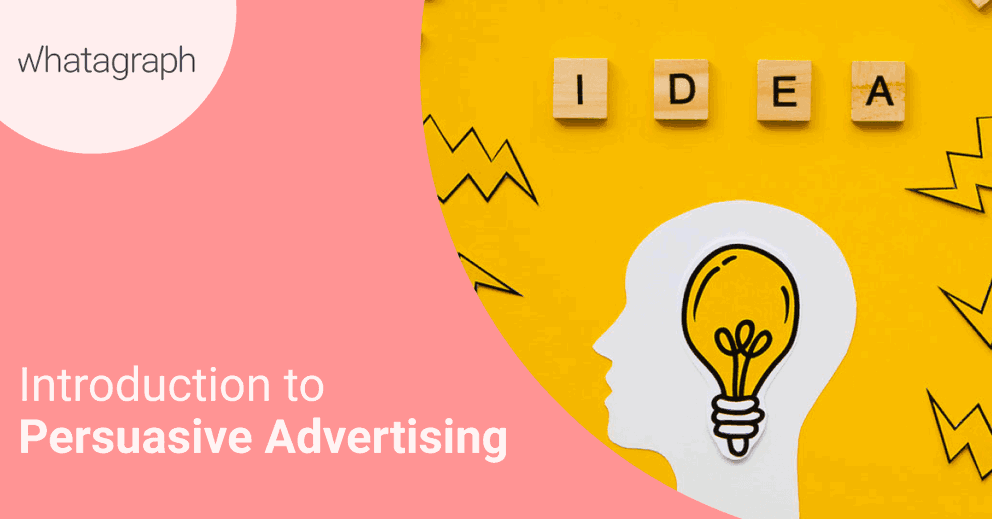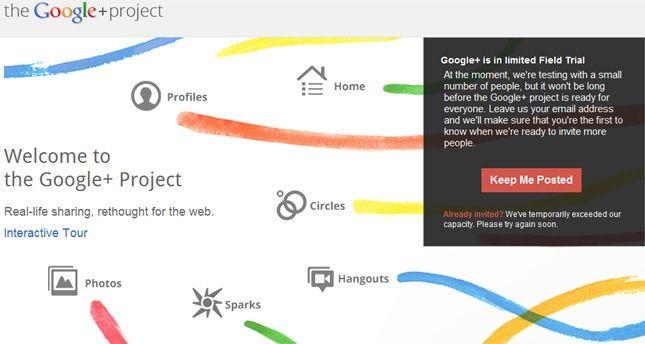Persuasive Advertising
When it comes to getting conversions, the most crucial thing is persuasive marketing. Reaching and attracting the interest of your prospective customers is possible and effective with social media.

Apr 20 2020 ● 4 min read

Of course, as a brand or business, convincing your prospects that your product is right for them isn't an easy task. And it won't still come easy if you lack the right digital marketing strategies principles.
According to reports, there are over 3 million advertisers on social media platforms like Facebook right now. The world of business marketing provides you with a whole lot of people to compete with. If you lack the right strategy to target your audience properly, chances are that your content will disappear and flow in the mix.
With accurate and precise persuasive advertising techniques (which need to monitor), you can reach the right users and increase the conversion of your brand or business.
As a business marketer, there is no shortcut to persuading your audience and evoke an emotional response from them than to tow the path of persuasive advertising techniques.
How do you actually do that? In this article, we'll examine the top persuasive advertising techniques you can use in your advertising.
The Scarcity Principle
According to various surveys, people tend to exhibit high regard and value for rare objects and experiences.
How do you feel when you have something that people want but can't have? This kind of feeling tends to boosts our sense of self-worth and power. If you can feature words or phrases that imply scarcity in your offer, or probably words that evoke a sense of urgency, there is no how you won't turn your prospect into customers.
"Limited Offer Available", "Exclusive offer", "Limited availability" are all words and phrases that have the potentials of catapulting the perceived scarcity and customer demand on your products or services.
Grant Your Audience a Sense of Control
"Both psychological and biological factors necessitate the need for control", says three psychologists at the Rutgers University. This implies that people need the feeling and assurance that they have overall control over their lives.
If you are really optimistic about giving your audience a sense of control, then there is a need for ability and willpower to choose. In other words, subjecting them to read the text version of your advertisement or watch the infographic, pictures, or videos is excellent. It is highly recommended to use business stock images to draw attention to the textual content.
However, it must evoke the natural feeling of choosing the one that most suits them between the options you suggested or otherwise; they'll tow another path. If you invoke sentiments, mandate or force them to purchase your products, it will flag them off, get them annoyed and ultimately disengaging them from the message you are trying to pass across.
In order to combine these two, giving them a sense of control and the ability to choose, you need to make use of some words or phrases that evoke the feeling of control. Words or phrases like "Feel free" "No pressure" in your advertisement is enough to gain their interest and convince them to purchase your products or services.
Maintain One Message per Advertisement Campaign
Do you really want to ignite the attention of your prospects through persuasive advertising?
Stick with only one message per advertisement. Incredibly, this is a surefire way to hook people and persuade them to read or continue watching your ad until the end.
If you really want your customers to have an excellent grasp of the value and increase the likelihood of their conversations, spotlighting the main feature or benefits of your offer, products or services is your best bet. Considering the fact that you are only conveying one message per advertisement campaign, it's a great way to benefit your customer's life in one way or another.
Adopt the Second Person Tone in Your Writing
Since the primary concern of your prospects is how you can help them and what value you are bringing to the table, endeavor to write in the second person's tone. Pronouns such as "you" and "your" has the potential to engage your prospect on a personal level.
Apart from that, it also helps them to inject the narratives you are trying to create. Writing your advertisement campaigns in the second person's tone can instantly grip their attention and compel them to dance to your tune. With second person adverts, they are at will to imagine the future with your products or services, making significant benefits in their lives.
Focus on Call-to-Value Rather Than Call-to-Action
When it comes to writing to compel your prospects to take the right action, the power of Call-to-actions can never be underestimated.
However, "Download Now", "Get in Touch Now", "Purchase Now", and a host of other call-to-actions aren't always going to convince the more skeptical prospects to take your desired action. You need to focus more on ensuring that the last line of copy or quip is the best of them all.
Rather than writing an uninspiring or final call-to-action that says, "Download Now", exhibit some kinds of creativity and write one that clearly communicates the value of your offer.
Apart from that, the last line of your advert needs to give a glimpse into the potential life of your prospect of they finally take the desired action. For instance, "Click today and be a blogger tomorrow" is a call-to-value that prompts the reader to download a blogging eBook.
The Carrot and the Stick
Humans are naturally inclined towards pleasure. Just like the characters of a horse whenever it sets its eyes on carrots. Similarly, people also detest pain as with a donkey that avoids sticks.
Whenever people come across your advertisements, "carrots" or promises of rewards, can fill the hearts of your prospects and compel them to pursue that potential feelings or pleasure.
"Sticks", on the other hand, represents the possibilities of loss. It evokes fear in the hearts of your prospects and mandates them to flee away from anything that can bring pain towards them.
Both tactics, i.e., carrot, and sticks, have the potentials of pulling your prospects into a narrative and spark their interest to take your desired action.
Like the benefits of a product, carrots, on the one hand, entice prospects to take the desired action. Sticks, on the other hand, similar to anti-smoking campaigns, evokes fear in people to do away from specific actions and adopt the alternative. To better catch the attention of your prospects, you need to focus on the positive side of your product or services rather than the negative sides.
Wrap Up
Persuasive advertisement is essential to your business marketing strategies because this is the only way to convince your prospective and turn them into customers.
Published on Apr 20 2020

WRITTEN BY
Indrė Jankutė-CarmaciuIndrė is a copywriter at Whatagraph with extensive experience in search engine optimization and public relations. She holds a degree in International Relations, while her professional background includes different marketing and advertising niches. She manages to merge marketing strategy and public speaking while educating readers on how to automate their businesses.